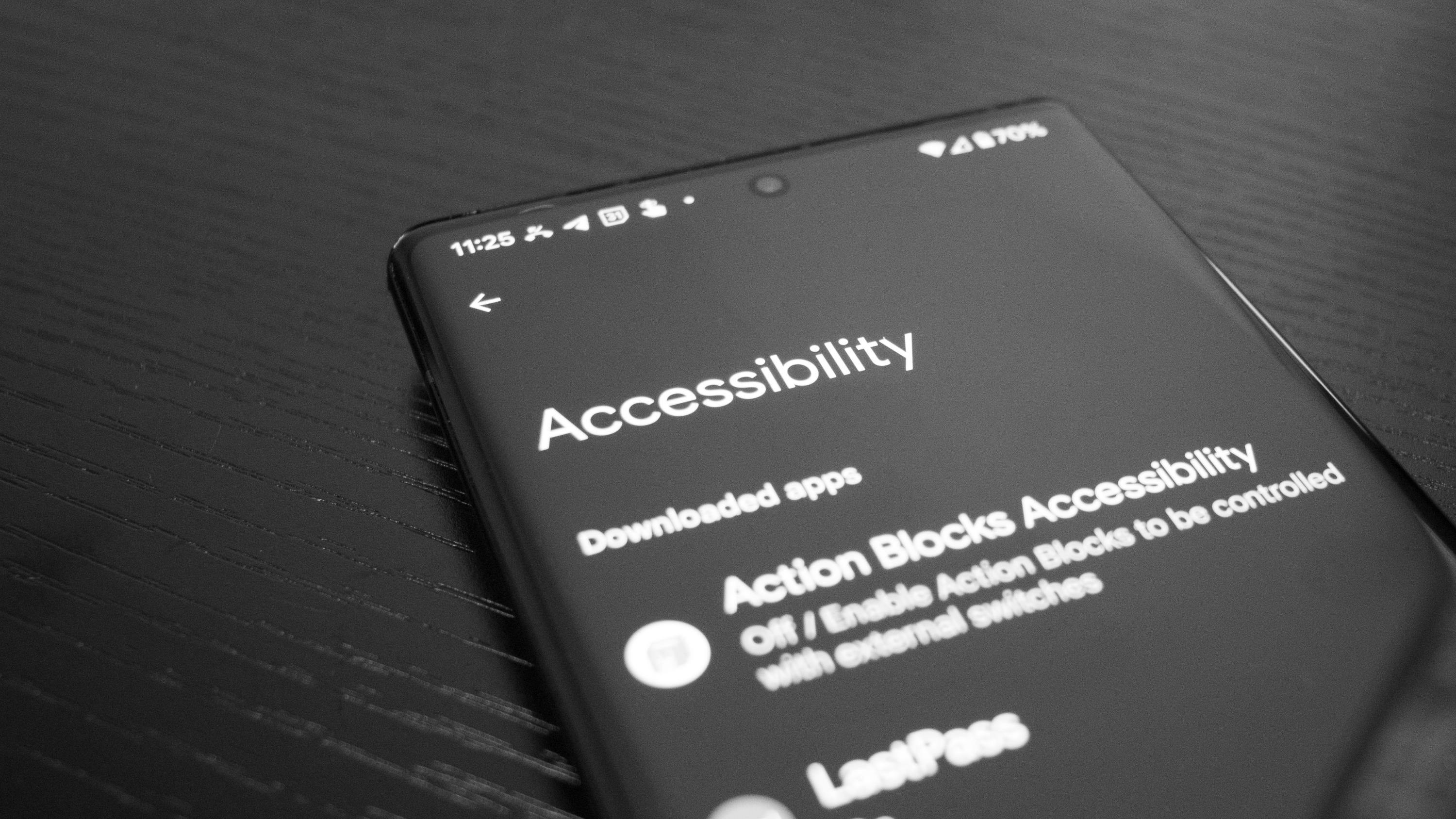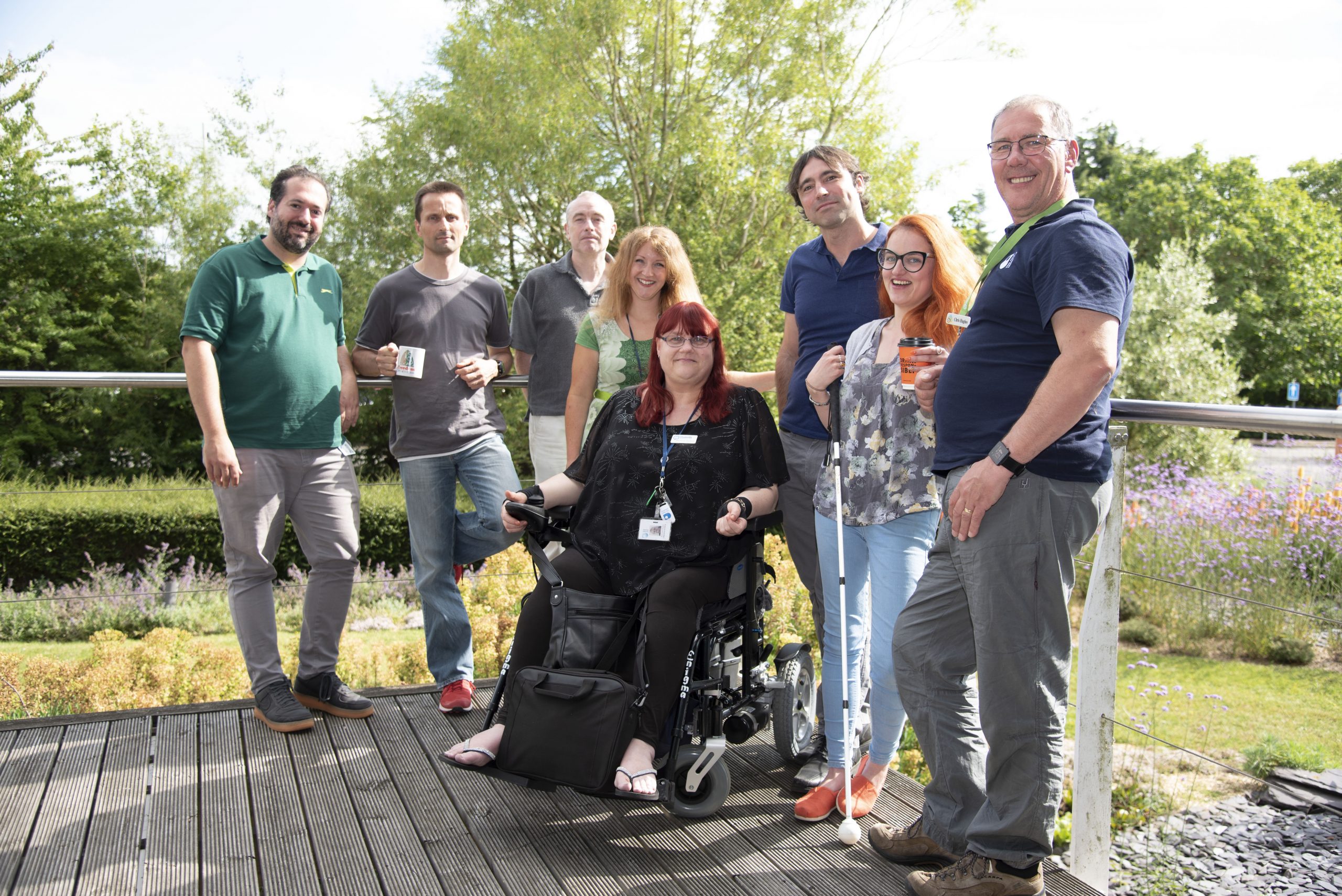
Technology, in its broadest sense, refers to the application of scientific knowledge and tools to solve problems, improve processes, and enhance human experiences. Accessibility, on the other hand, is the degree to which something is usable and understandable by individuals with disabilities. When we combine these two concepts, we arrive at the notion of technology and accessibility, which focuses on making technology accessible to people with disabilities.
Ensuring accessibility to technology is crucial because it allows individuals with disabilities to participate fully in society, have equal opportunities, and lead independent lives. Whether it’s accessing information on the internet, using mobile devices, or engaging in educational activities, technology plays a pivotal role in bridging the gap between different abilities.
Assistive Technology

One key aspect of technology and accessibility is assistive technology. Assistive technology refers to devices, equipment, or software designed to help individuals with disabilities perform tasks that might otherwise be challenging or impossible. Examples of assistive technology include screen readers for individuals with visual impairments, hearing aids for individuals with hearing loss, and alternative input devices for those with motor disabilities.
Assistive technology plays a vital role in enhancing accessibility by enabling individuals with disabilities to communicate, navigate their environment, and access information effectively. These technologies help level the playing field and empower individuals to overcome barriers they might face in their daily lives.
Web Accessibility
Web accessibility is another crucial area where technology can greatly impact inclusivity. In today’s digital era, the internet has become an integral part of our lives, providing access to information, services, and opportunities. However, if websites and digital content are not designed with accessibility in mind, they can pose significant barriers to individuals with disabilities.
Web accessibility focuses on making websites and online content perceivable, operable, and understandable for all users, including those with disabilities. This involves following specific guidelines and best practices to ensure that websites are compatible with assistive technologies, have clear navigation, provide alternative text for images, and offer captioning for multimedia content.
Creating accessible websites not only benefits individuals with disabilities but also improves the user experience for all users. It promotes inclusivity, increases engagement, and ensures that everyone can access and interact with online information and services seamlessly.
Mobile Technology and Accessibility

With the proliferation of smartphones and mobile devices, mobile technology has become an essential part of our daily lives. Mobile devices offer a range of accessibility features that can greatly enhance usability and accessibility for individuals with disabilities.
Built-in features such as screen readers, magnification options, and voice recognition enable individuals with visual impairments to use mobile devices independently. Additionally, accessibility settings for hearing, motor, and cognitive impairments further enhance the user experience.
Beyond accessibility features, there is also a wide range of apps and tools specifically designed for people with disabilities. These include communication apps for individuals with speech impairments, navigation apps for individuals with mobility challenges, and learning apps for individuals with learning disabilities.
Mobile technology has opened up new possibilities for accessibility, empowering individuals to connect, communicate, and access information anytime and anywhere.
Technology in Education
Technology has transformed the landscape of education, providing new opportunities for inclusive learning environments. In the context of accessibility, technology plays a significant role in supporting students with disabilities and ensuring they have equal access to education.
Assistive technology in the classroom can assist students with a range of disabilities, including those with visual, hearing, and learning impairments. For example, screen reading software can help students with visual impairments access digital textbooks, while speech-to-text software can aid students with writing difficulties.
Moreover, technology facilitates personalized learning experiences, allowing educators to tailor instruction to individual needs. Interactive educational tools, adaptive learning platforms, and virtual reality simulations offer engaging and accessible learning experiences for all students.
By leveraging technology effectively, educational institutions can foster inclusive environments and empower students with disabilities to reach their full potential.
Assistive Devices and Wearable Technology

Beyond traditional computers and mobile devices, assistive devices, and wearable technology are emerging as powerful tools for accessibility. Assistive devices encompass a wide range of physical aids that help individuals with disabilities perform daily tasks and improve their quality of life.
Examples of assistive devices include prosthetic limbs, wheelchairs, hearing aids, and communication devices. These devices are designed to compensate for specific disabilities and enable individuals to participate in various activities independently.
Wearable technology, on the other hand, refers to electronic devices that can be worn on the body, often incorporating sensors and connectivity. These devices have the potential to revolutionize accessibility by providing real-time feedback, monitoring vital signs, and offering personalized assistance.
Advances in wearable technology hold promise for improving accessibility in areas such as healthcare, navigation, and communication. From smart glasses that provide visual cues to individuals with visual impairments to wearable exoskeletons that assist individuals with mobility impairments, these technologies have the potential to transform lives.
The Future of Accessibility and Technology

As technology continues to evolve, so does the potential for greater accessibility. Emerging technologies hold immense promise in breaking down barriers and creating a more inclusive future.
One such example is the field of artificial intelligence (AI). AI-powered systems can analyze and interpret vast amounts of data, allowing for more personalized and context-aware accessibility solutions. From smart homes that adapt to the needs of individuals with disabilities to intelligent virtual assistants that facilitate communication, AI has the potential to revolutionize accessibility across various domains.
However, there are challenges that need to be addressed to fully realize the potential of technology and accessibility. These include ensuring the affordability and availability of assistive technology, addressing privacy and security concerns, and promoting digital literacy among individuals with disabilities.
To overcome these challenges and unlock the full potential of technology and accessibility, collaboration and innovation are crucial. Governments, technology companies, disability advocacy groups, and individuals with disabilities need to work together to design, develop, and implement inclusive technologies.
By incorporating diverse perspectives and lived experiences, we can create technologies that truly meet the needs of individuals with disabilities. It is essential to involve individuals with disabilities in the design and testing phases to ensure that accessibility is integrated from the ground up.
Conclusion
In conclusion, technology and accessibility are intertwined, with technology playing a vital role in ensuring equal opportunities and inclusivity for individuals with disabilities. From assistive technology to web accessibility, mobile devices, and emerging technologies, there are numerous avenues through which technology can enhance accessibility.
However, it is crucial to keep pushing the boundaries of innovation, addressing challenges, and fostering collaboration to create a future where technology is truly accessible to all. By embracing the principles of accessibility, we can create a society that values diversity, inclusivity, and equal access to information, services, and opportunities.
FAQs
1. How does technology improve accessibility?
Technology improves accessibility by providing assistive devices, accessibility features, and inclusive design principles. It helps individuals with disabilities communicate, navigate their environment, access information, and participate fully in society.
2. What is web accessibility, and why is it important?
Web accessibility refers to designing websites and online content to be usable and understandable for individuals with disabilities. It is important because it ensures that everyone, regardless of their abilities, can access and interact with online information and services.
3. What are some examples of assistive technology?
Examples of assistive technology include screen readers, hearing aids, alternative input devices, communication apps, navigation tools, and adaptive learning platforms. These technologies help individuals with disabilities overcome barriers and perform tasks more independently.
4. How does technology impact education for students with disabilities?
Technology enhances education for students with disabilities by providing assistive technology in the classroom, personalized learning experiences, and accessible educational tools. It enables students to access information, participate in activities, and reach their full potential.
5. What is the future of accessibility and technology?
The future of accessibility and technology lies in emerging technologies such as artificial intelligence, wearable devices, and intelligent virtual assistants. These technologies have the potential to revolutionize accessibility and create more inclusive environments in various domains.





